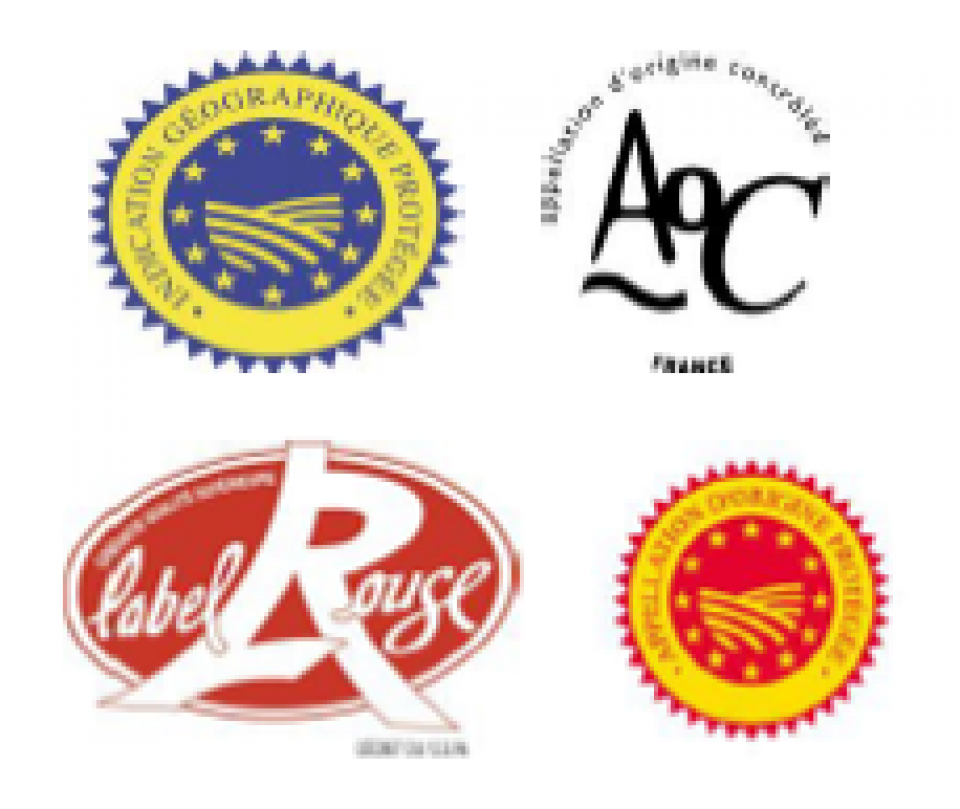
The valorisation of local natural resin in high added value niche markets is a pillar of the French strategy for the revival of the sector. Local natural resin has many advantages over competing products: better quality, generates local jobs, enhances the value of the local forest resource, has a lower environmental impact, etc. These advantages are compatible with the markets sought after but they must be recognised. Can a label allow the local natural resin to stand out from the competition?
French (and European) natural resin is struggling to establish itself on the market. The reason for this is strong competition. On the one hand, the resin industry uses the by-products of the paper industry (tall-oil) and on the other hand, it imports natural resin from other continents. The extraction of natural resin in France is not competitive because the costs are too high to meet the world market price.
Faced with this unfavourable context, the growing social awareness of environmental issues has increased demand for bio-sourced products. The local natural resin could take advantage of this opportunity by targeting selected niche markets, provided it stands out from competing products.
The label is a means of guaranteeing the quality and origin of a product for the consumer and the producer. It is awarded by an independent public body, the national institute of origin and quality (INAO) and checks are regularly carried out to ensure that production complies with the specifications. A label is, therefore, a distinction that enhances the value of the production in relation to the competition.
For the natural resin market, the competition is twofold: natural resin from other continents and products made from tall oil. The label must, therefore, guarantee both the origin of the resin and the method of extraction.
European legislation recognises several signs of quality:
- AOC (Appellation d'Origine Contrôlée or Controlled Designation of Origin) and AOP (Appellation d'Origine Protégée or Protected Designation of Origin): protects the know-how, the production technique attached to a territory that gives it its specificity;
- PGI (Protected Geographical Indication): recognises the quality of a product at its origin. The main manufacturing operations (and not all activities) must be carried out in a defined area.
- Label Red: guarantees a higher level of quality compared to other products that are similar in terms of their production or manufacturing conditions.
The forces are many. For the producer, the label includes an added value in terms of price, which is necessary for the development of the local sector. The label also offers protection against competition. For the consumer, the label provides better visibility on the product (origin, traceability, quality, etc.). Finally, for the territory, it contributes to the development of the rural economy and strengthens the identity of a region.
The main weaknesses would be the time it takes to set up a label (up to ten years), the controls to check its adequacy with the specifications and the associated cost.
The stakeholders in the sector recognize the interest of setting up a label for local natural resin. Also, the possibility of creating a collective trademark was mentioned because it is quicker and easier to set up, but the guarantees provided are weak.
For the creation of the label, all the actors of the sector must be involved: from the forest owner to the consumers, through the operators and processors. The application for the label is addressed to the INAO. It includes, in particular, the motivations, the specifications and the controllability document.
Sylvain Tahir bois@qualisud.fr
Gabriel Ducos
